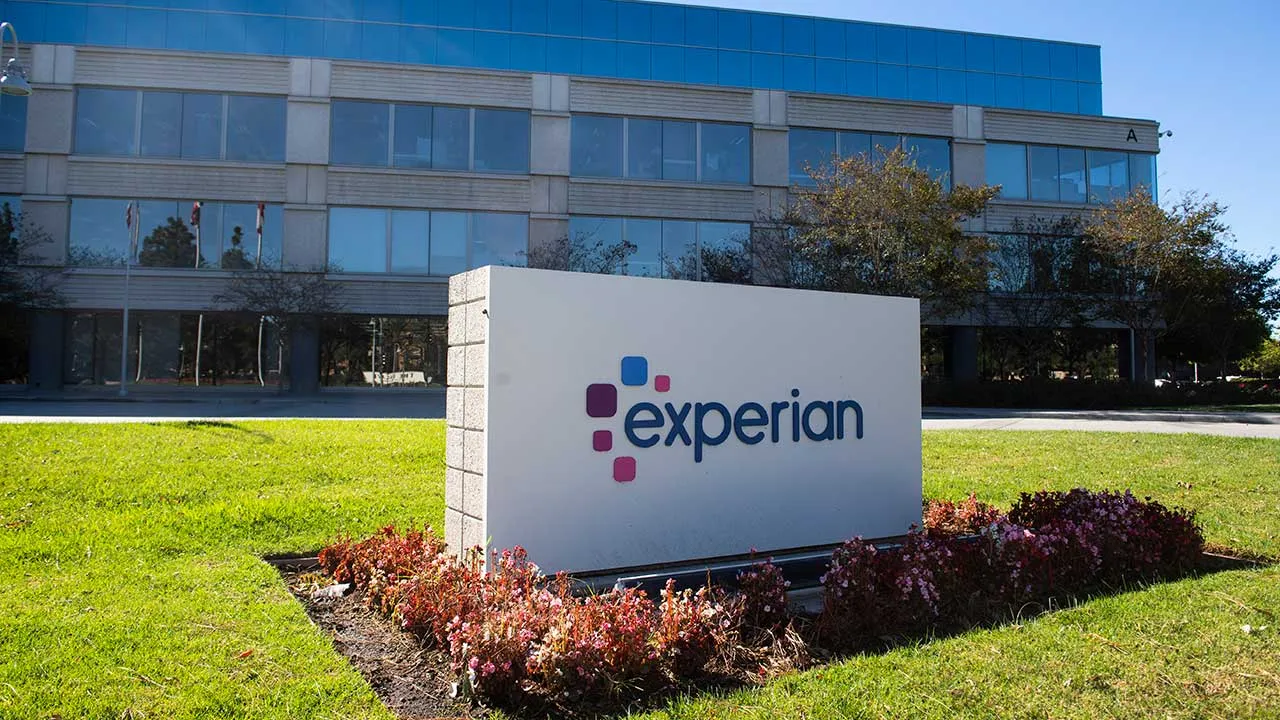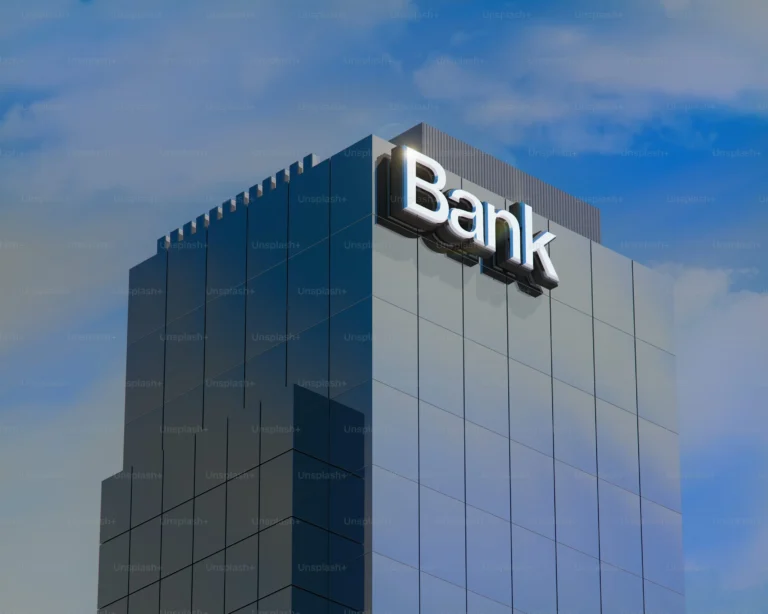
In an effort to enhance lenders’ ability to leverage consumer-permissioned transaction data, Experian® has unveiled its latest financial solution: Cashflow Score. This innovative tool aims to revolutionize the lending landscape by offering a significant boost in predictive performance, providing up to a 25% increase in accuracy compared to conventional credit scores. The launch of Cashflow Score signifies a major step toward a more inclusive and efficient financial system that integrates open banking data to improve credit decision-making.
Bridging the Gap Between Traditional and Open Banking Data
The Cashflow Score is designed to seamlessly integrate into lenders’ existing workflows, complementing traditional credit scores. By incorporating cashflow-based insights, the solution enables financial institutions to gain a more comprehensive view of an applicant’s financial behavior, including income patterns, spending habits, cash reserves, and overall liquidity. This deeper understanding allows lenders to make better-informed decisions, particularly for consumers who may lack an extensive credit history.
One of the most significant benefits of the Cashflow Score is its potential to help consumers with limited or nonexistent credit histories. Many individuals, despite having strong financial habits, remain excluded from the credit system due to the absence of traditional credit data. By utilizing only bank account information, the Cashflow Score empowers lenders to make first and second-chance credit decisions, ultimately broadening access to financial opportunities.
Empowering Underserved Consumers
Scott Brown, Group President of Experian Financial and Marketing Services, highlighted the company’s vision for the future of financial decision-making:
“We believe in a future where the power of credit data can be augmented with cashflow insights to enhance decisions and ultimately bring more consumers — including those who are traditionally underserved — into the financial ecosystem. We’re committed to leveraging our decades of data and analytics experience to deliver innovative and easy-to-use open banking solutions to the industry while creating new opportunities for consumers.”
This commitment underscores Experian’s dedication to financial inclusion and its goal of utilizing advanced analytics to help more people gain access to credit. By harnessing open banking data, Experian aims to reduce financial exclusion and provide fairer lending opportunities to a broader range of consumers.
Addressing Challenges in Lending and Credit Scoring
The traditional credit system presents significant barriers to individuals who are classified as “credit invisible” or who have thin credit files. Experian’s research indicates that nearly 20% of American adults do not have a conventional credit score, making it difficult for them to obtain loans, credit cards, and other financial products. However, despite their lack of credit history, most of these consumers have active bank accounts, which can serve as a valuable source of data for assessing creditworthiness.
The growing interest in leveraging transaction data for lending decisions reflects a broader shift in the financial industry. However, many lenders face obstacles such as limited analytics capabilities, resource constraints, and difficulties in working with multiple data providers. To address these challenges, Experian developed the Cashflow Score as an intuitive, user-friendly solution that efficiently analyzes both traditional credit data and cashflow insights.
By offering both traditional credit scores and cashflow-based scoring analytics, Experian provides a comprehensive approach to credit assessment. Unlike other financial services companies that require multiple third-party integrations, Experian’s in-house solution streamlines the process, allowing lenders to access critical financial insights without unnecessary complexity.
How the Experian Cashflow Score Works
The Cashflow Score leverages consumer-permissioned transaction data obtained from Experian’s clients. Acting as a technical service provider, Experian categorizes the transaction data and calculates attributes that contribute to the final score. This score is then delivered back to lenders, who can use it as a reliable measure of an applicant’s creditworthiness.
The Cashflow Score operates on a range of 300 to 850, aligning with the traditional credit scoring scale. This consistency makes it easier for lenders to incorporate the score into their existing decision-making processes. The score can be used across multiple financial products, including credit cards, personal loans, auto loans, and other forms of lending.
Advantages of the Cashflow Score for Lenders

Lenders utilizing the Cashflow Score stand to benefit from Experian’s extensive track record of delivering predictive financial insights. The introduction of this score adds to Experian’s suite of tools designed to support inclusive lending practices. Notable among these tools are:
- Cashflow Attributes: Provides lenders with detailed insights into transaction behaviors, helping them make more nuanced credit decisions.
- Cashflow Dashboards: Offers real-time visibility into an applicant’s cashflow patterns alongside traditional credit data.
- Advanced Categorization Model: Ensures accuracy and reliability in cashflow analytics, validated continuously by data science and annotation teams.
By combining traditional credit data with transaction-based cashflow insights, lenders can gain a more holistic understanding of a borrower’s financial health. This dual approach enables lenders to extend credit more confidently to consumers who might otherwise be overlooked by conventional scoring models.
A Step Toward the Future of Lending
The launch of the Cashflow Score is part of a broader industry movement toward open banking and data-driven financial solutions. As financial institutions increasingly recognize the value of transaction data, more lending decisions are expected to be informed by a combination of credit history and real-time cashflow insights.
This shift holds significant implications for financial inclusion. Many consumers who have been historically marginalized due to their lack of credit history now have a new path to financial access. By leveraging bank account data, lenders can identify responsible financial behaviors—such as consistent income deposits and prudent spending habits—that traditional credit scores might overlook.
Challenges and Considerations for Adoption
While the potential benefits of the Cashflow Score are substantial, widespread adoption may face certain hurdles. Some lenders may be hesitant to shift away from traditional credit models, requiring extensive education and proof of concept before integrating cashflow-based scoring into their decision-making frameworks. Additionally, regulatory considerations surrounding consumer data usage will play a critical role in shaping how cashflow insights are leveraged in lending decisions.
However, as more financial institutions experience the predictive advantages of cashflow analytics, adoption is likely to accelerate. The ability to make more accurate lending decisions while expanding credit access aligns with the evolving priorities of the financial industry, particularly in a landscape where data-driven insights are becoming increasingly valuable.
Experian’s launch of the Cashflow Score represents a major advancement in the financial industry, offering lenders a powerful new tool to enhance their credit assessment processes. By integrating open banking data with traditional credit scoring, the Cashflow Score provides a more complete picture of an applicant’s financial behavior, enabling more inclusive and data-driven lending decisions.
As the financial sector continues to embrace open banking and alternative data sources, solutions like the Cashflow Score will play a crucial role in shaping the future of lending. By reducing reliance on traditional credit histories and incorporating real-time transaction data, Experian is helping to create a more equitable financial ecosystem—one that empowers both lenders and consumers alike.




